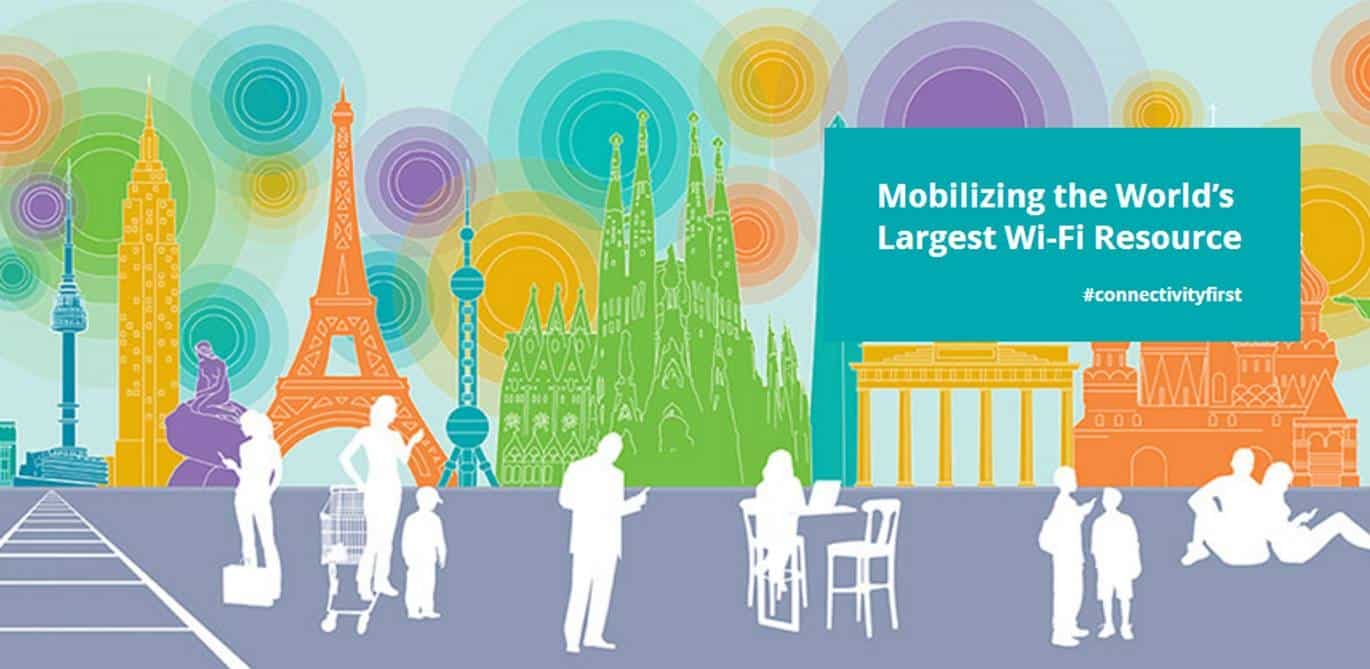The integration of Wi-Fi into the customer experience delivered by mobile operators has gathered pace in 2015, driven in part by the desire to improve voice coverage with Wi-Fi Calling.
In a report published in October of this year, Strategy Analytics described Wi-Fi Calling as a “must have service” for operators, predicting further service launches through the final quarter of the year. “The number one driver for Wi-Fi Calling,” the firm said, “is to enable customers to make and receive mobile calls in areas with poor cellular signal but good Wi-Fi coverage.”
This is far easier for an analyst to say than it is for an operator that has invested billions in a network marketed heavily on its ability to deliver service. But despite sensitivity around the coverage limitations of the mobile network, operators cannot change the laws of physics. Buildings obstruct cellular signals, making indoor coverage the biggest network challenge mobile operators face.
This year, operators have started to talk about these problems a little more openly. When EE launched Wi-Fi calling in April, CEO Olaf Swantee spoke of the frustration experienced by millions of consumers unable to make a call in their own homes. But these homes are only part of the challenge; there are millions of indoor public locations in which the same connectivity problems are rife.
Generally, under poor cellular network conditions, voice is the more resilient service; it is easier to make a voice call than establish a data connection. So if loss of voice connectivity is as serious a problem as the growth in Wi-Fi calling suggests it is, loss of indoor data connectivity is worse.
Ofcom put a number on the problem in December last year, identifying 37 per cent of UK indoor locations as LTE ‘not-spots’, places with no LTE availability at all. A further 34 per cent, said Ofcom, enjoyed only partial LTE service.
Acknowledging the scale of the challenge during a presentation at London Tech Week in June, 3UK’s Director of Network Strategy and Architecture Phil Sheppard, said it was “physically impossible” for mobile operators to provide indoor coverage everywhere it is needed. Sheppard raised the prospect of “scope for collaboration with venue owners” as one means of addressing the issue.
Just as Wi-Fi is readily available in millions of homes, it is an abundant connectivity resource in numerous public locations. Free, intentionally shared amenity Wi-Fi is now available at banks, department stores, supermarkets, fast food restaurants, pharmacies, and many more venues up and down the UK, deployed by these businesses as a simple and effective way to improve their customers’ in-store experience. It has become the de facto connectivity resource in indoor locations where the cellular network struggles to deliver optimum performance, and the businesses that make it available have, as a result, become crucial as providers of connectivity.
Mobile operators cannot replicate this kind of coverage using cellular network infrastructure (or even by deploying Wi-Fi); it is simply too expensive. The businesses themselves are unlikely to want to subsidise indoor cellular kit when they have already installed Wi-Fi networks.
Wi-Fi’s presence alone does not address the problem entirely, however. Amenity Wi-Fi has great scale and great reach but it is extremely fragmented in terms of ownership and quality. While Wi-Fi may often deliver the superior indoor connection, the overall experience of Wi-Fi lacks the refinement offered by cellular.
With Wi-Fi, users have to locate a network, identify the correct SSID, manually request access, navigate whatever portals or credentials requests are inserted into the access process, and deal with any quality variations once they are finally connected. On the cellular network each of these processes is automated, and the experience is managed in real time to ensure the device moves between 2G, 3G and LTE according to whichever is best in the moment.
The indoor coverage problem is not one of resource, it is one of access provision, quality management, and integration. If mobile operators are keen to provide continuity of service at the application level — as their enthusiasm for Wi-Fi calling indicates they are — then they need to apply the same thinking to the underlying access. Otherwise the overall experience they provide will continue to lack the consistency for which they are aiming and the service they provide will still cease at the thresholds of numerous buildings, both public and domestic.




















